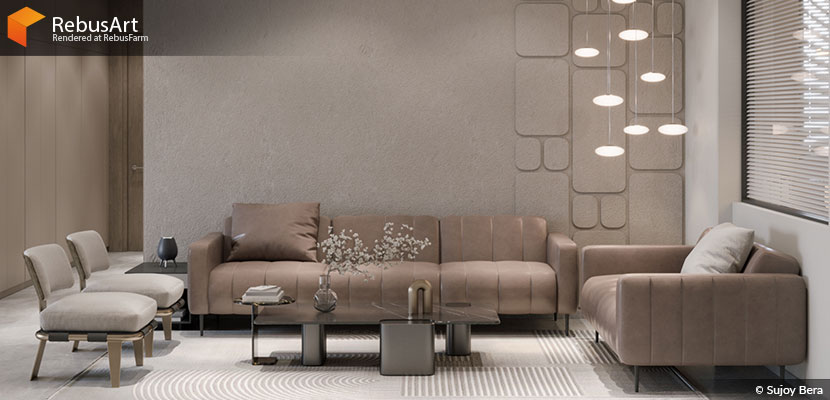
Welcome to our latest RebusArt Feature, spotlighting Sujoy Bera, a talented 3D visualizer and interior designer from Kolkata, India. With a journey that began through video games and evolved into a passion for photorealistic interiors, Sujoy brings creativity and precision to every project. In this feature, we delve into his background, the inspiration behind his project "Home Office" visualization.
Introduction.
Please share a bit about yourself and your background as a 3D artist. Was there a particular moment, artwork, or artist that inspired you to dive into 3D art?
Hello everyone!
My name is Sujoy Bera, an architectural visualizer from Kolkata, India.
I was first introduced to 3D art through video games. I was fascinated by the idea that these immersive worlds were created by people. Around the same time, I came across interior renders from Evermotion, which sparked a deeper interest. Seeing how realistic those scenes looked inspired me to learn interior design.
After completing my diploma in interior design, I began my professional journey in 2014. Between 2014 and 2020, I worked in both full-time and freelance roles across the design industry. One of the most rewarding aspects of that period was the opportunity to travel extensively across India and collaborate with both national and international brands.
During the COVID-19 lockdown, I finally had the time to focus solely on 3D visualization, and that became a turning point. Since then, I’ve dedicated myself entirely to architectural visualization.
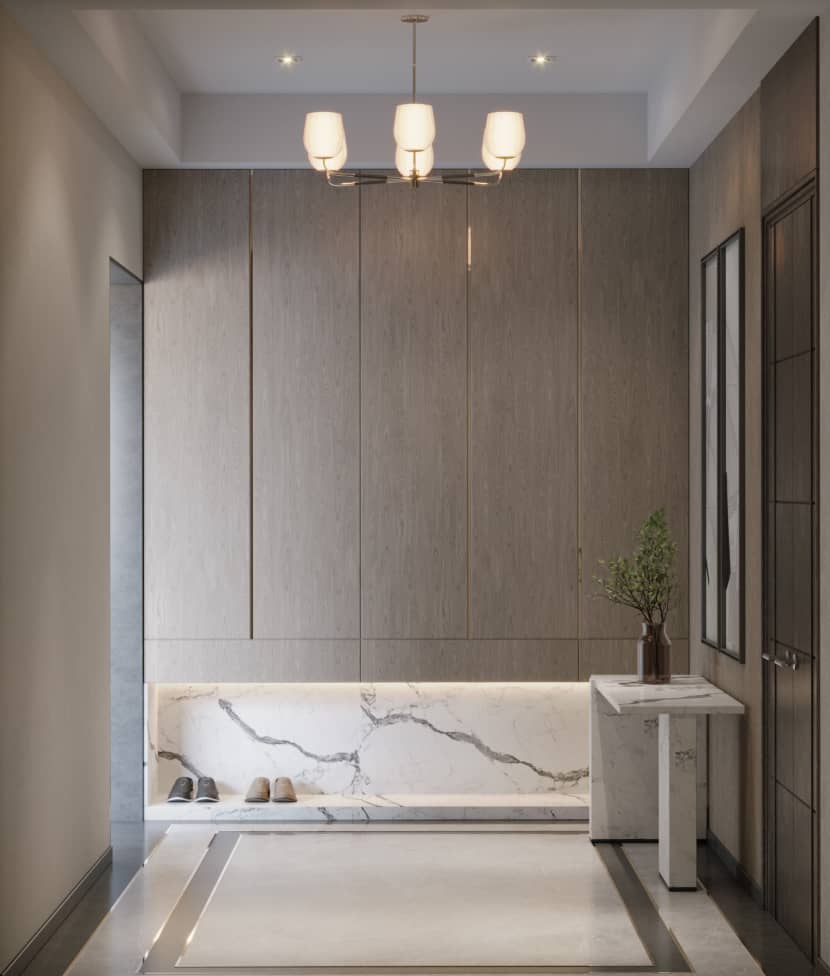
The Artist Behind the Scenes.
What's the one tool or technique you couldn't live without?
The versatility of 3ds Max for precise modeling, paired with the powerful rendering capabilities of V-Ray and Corona Renderer, forms the backbone of my creative workflow. These tools allow me to bring intricate concepts to life with exceptional control over geometry, lighting, and materials. Whether I’m aiming for hyperrealism or a more stylized visual, this combination gives me the flexibility and reliability I need to consistently deliver high-quality results.
How do you stay creatively inspired when working on long or challenging projects? Are there specific rituals or habits you follow to get into a creative mindset?
Whenever I face creative fatigue or a particularly challenging project, I remind myself that every pixel I shape contributes to a meaningful and tangible outcome—something that will inspire, inform, or impact someone. That mindset keeps me grounded and motivated. I also find it helpful to take short breaks, revisit inspirational references like design books or curated online galleries, and occasionally step away from the screen to reset my perspective. These small rituals help me return to the project with renewed energy and clarity.
Project Spotlight.
Let's delve into your project "Home Office". What was the inspiration behind it, and what were the main challenges you encountered during its development?
The inspiration behind the ‘Home Office’ was to create a calm, focused environment that supports productivity without feeling sterile. One challenge was balancing sleek modern elements with a cozy, inviting feel, but thoughtful use of materials, lighting, and layout helped us achieve that harmony.
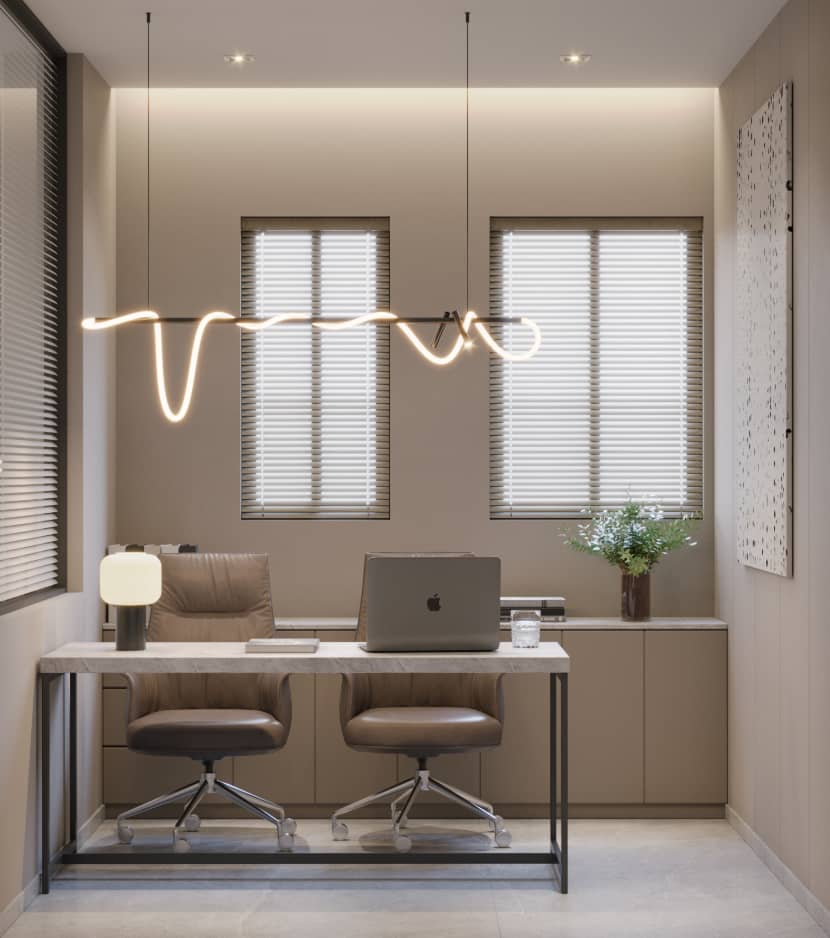
What software, renderer and plugins did you use for this project?
I used 3ds Max for modeling and the Corona plugin for rendering, delivering quality visuals that capture detail with precision.
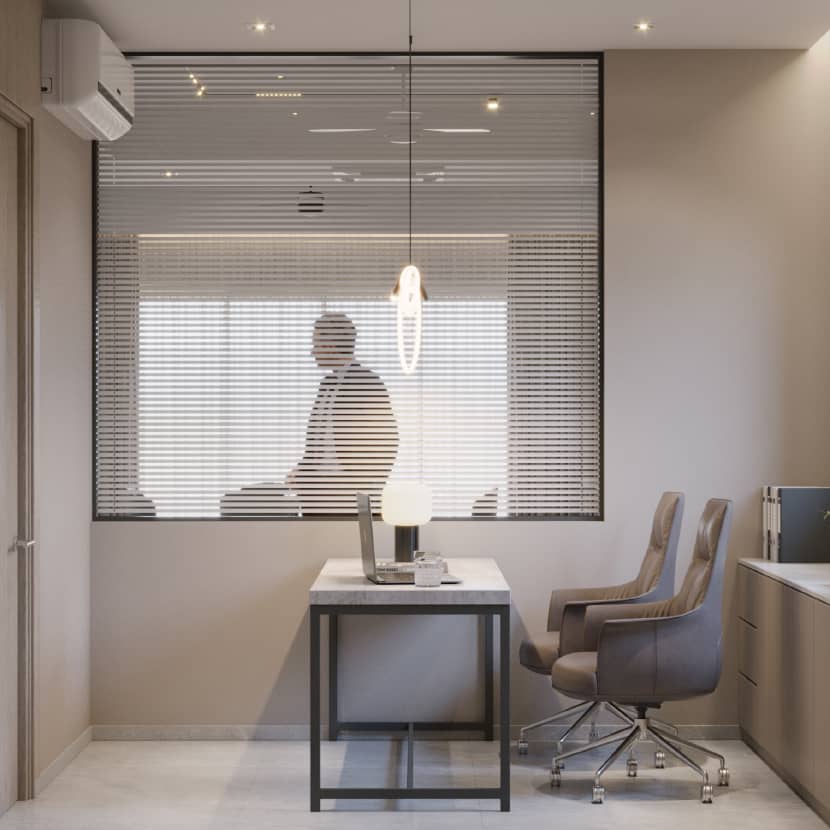
How did rendering this project at the RebusFarm Render Service impact your workflow, and were there any specific features or aspects of the service that stood out to you?
RebusFarm had a significant positive impact on my workflow by dramatically reducing rendering times, which allowed me to concentrate more on the creative and technical refinement of the project rather than being held up by long render queues. The platform’s seamless integration with my software, intuitive interface, and efficient asset handling made the entire process incredibly smooth. What truly stood out, though, was their responsive and knowledgeable technical support team—any minor issues were addressed swiftly, ensuring minimal downtime and maximum productivity throughout the project.
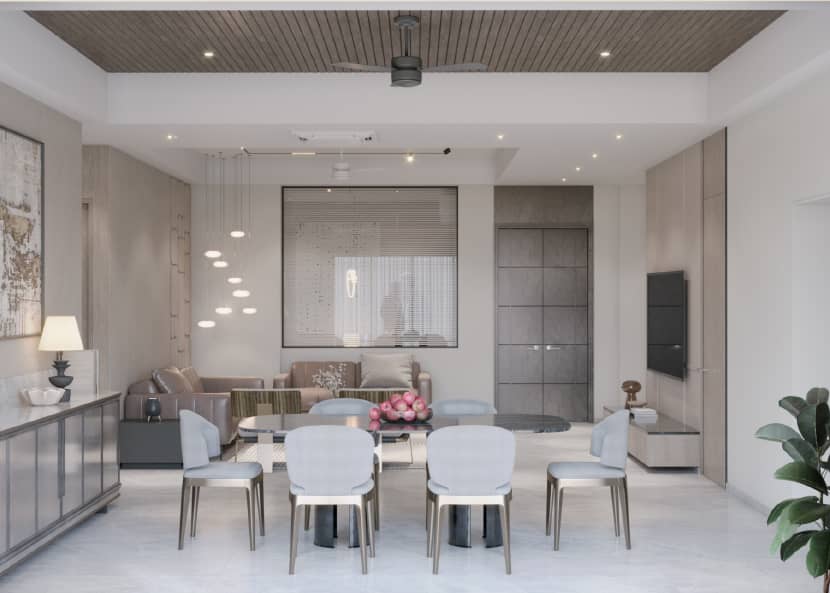
Can you provide a step-by-step breakdown of the project?
- Concept & Planning: Defined the theme, mood, and color palette.
- Modeling: Created the room structure, furniture, and accessories in 3ds Max.
- Texturing & Materials: Applied high-resolution textures with fine-tuned material properties.
- Lighting Setup: Balanced natural and artificial light sources for realism.
- Rendering: Used Corona Renderer to achieve photorealistic outputs.
- Post-Processing: Final adjustments in Photoshop for color correction and detailing.
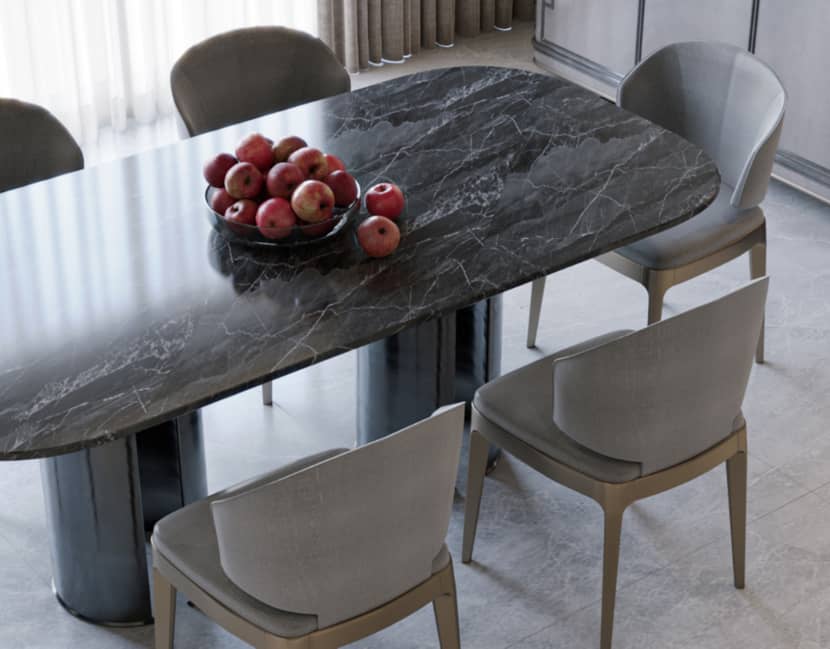
Closing.
Looking back at your journey as a 3D artist, what do you consider to be your most significant milestone or achievement thus far, and why?
One of the most rewarding milestones in my career has been the opportunity to work on diverse projects across different countries and cultures. Collaborating with international clients has not only broadened my artistic and professional perspective but also challenged me to adapt and evolve with varying design sensibilities. This global exposure has been a catalyst for continuous learning and personal growth, pushing me to refine my skills and stay open to new ideas, tools, and workflows. It's this journey of growth—both creative and cultural—that I consider my greatest achievement so far.
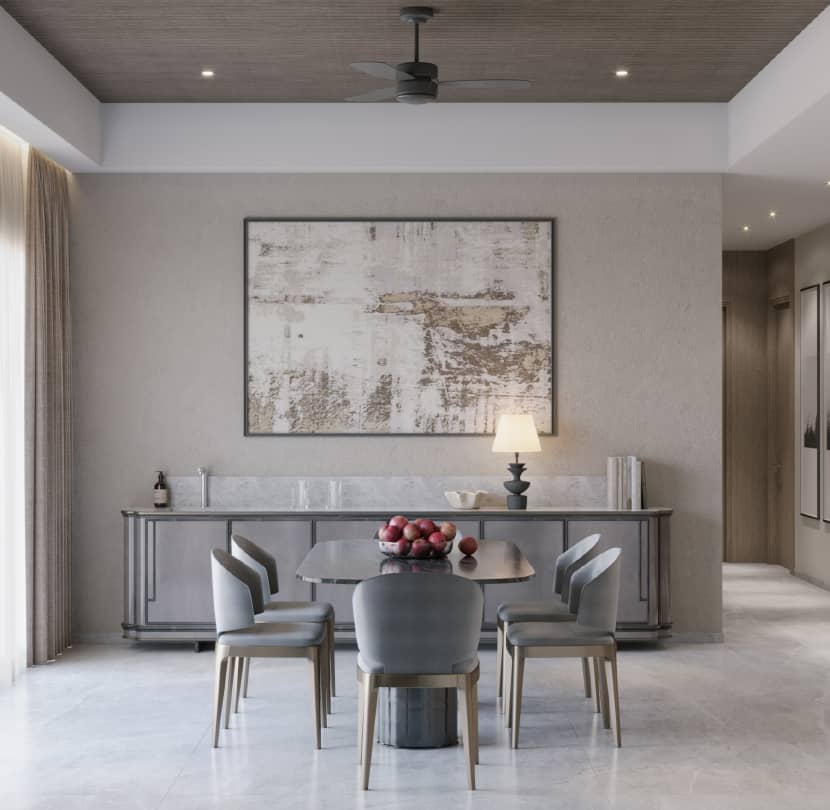
Are there any new art movements, developments, or industries (e.g. AI, gaming, film, virtual reality) that you're excited to explore further?
Absolutely! I'm particularly excited about the rapid advancements in artificial intelligence and how they’re beginning to transform the 3D visualization landscape. From AI-assisted modeling and texture generation to automated scene optimization and real-time feedback, the potential to speed up workflows and enhance realism is incredible. These tools are not just making the technical process more efficient, but also unlocking new creative possibilities by enabling more intuitive and experimental design approaches. I’m eager to dive deeper into this evolving space and explore how AI can complement and elevate the human touch in 3D art.
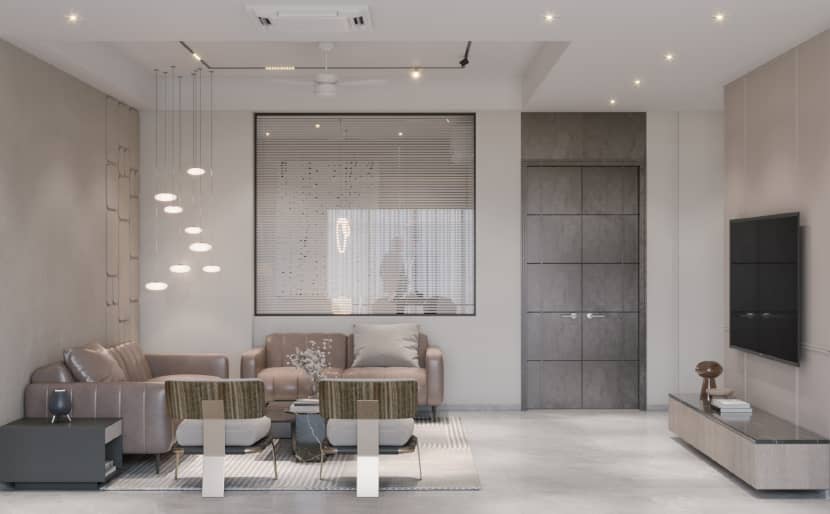
What advice would you give to aspiring 3D artists who are just starting their careers or looking to take their skills to the next level?
Start by mastering the fundamentals—modeling, lighting, texturing, and composition—as these are the building blocks of every great render. Don’t rush the learning process; be patient and consistent, because developing your own style and workflow takes time and practice. Study real-world references, analyze the work of artists you admire, and never stop experimenting. Also, embrace feedback—it’s one of the fastest ways to grow. Most importantly, stay passionate and curious. The 3D field is constantly evolving, and the more you treat it as a journey rather than a destination, the more rewarding it becomes.
Finally, what's next on your artistic horizon? Are there any exciting projects or goals you're eager to pursue soon?
For me, 3D art is a never-ending journey of learning and growth. My primary goal moving forward is to keep refining my skills and pushing the boundaries of what I can create—both technically and artistically. I’m particularly interested in exploring new rendering techniques, experimenting with AI-assisted tools, and expanding into more diverse project types that challenge my comfort zone. Whether it’s tackling more complex environments or collaborating with international studios, I’m excited about what lies ahead and fully committed to evolving with every project.
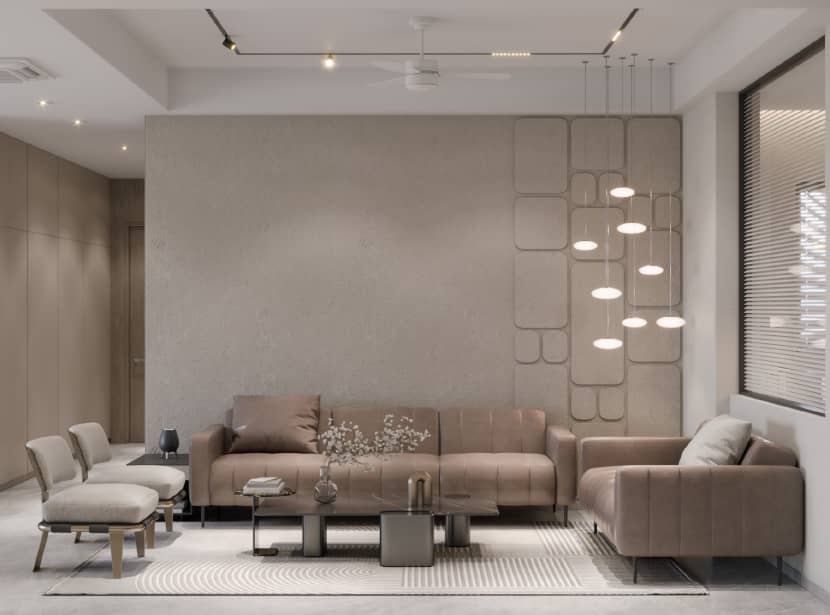
Would you like to share with us some additional images from your portfolio?
Yes sure, why not? Below you can find some additional images!
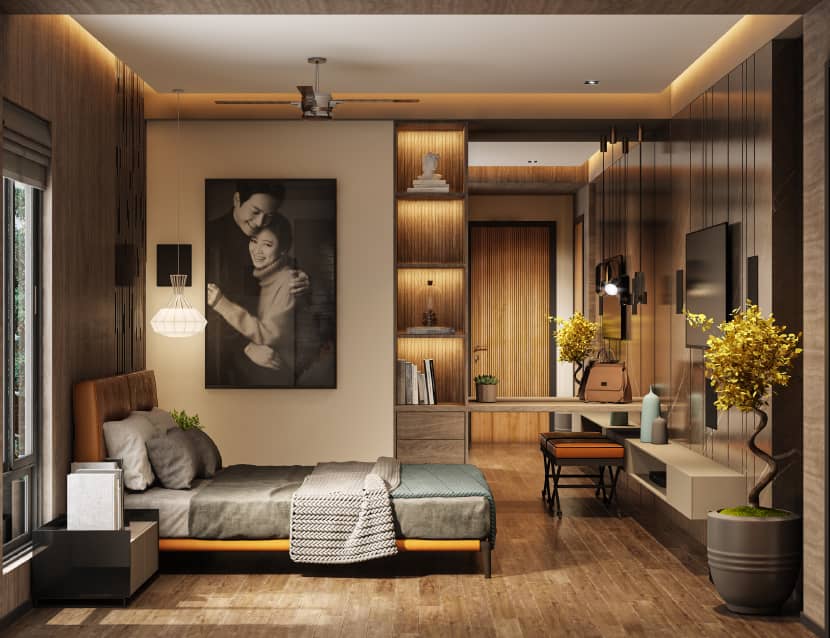
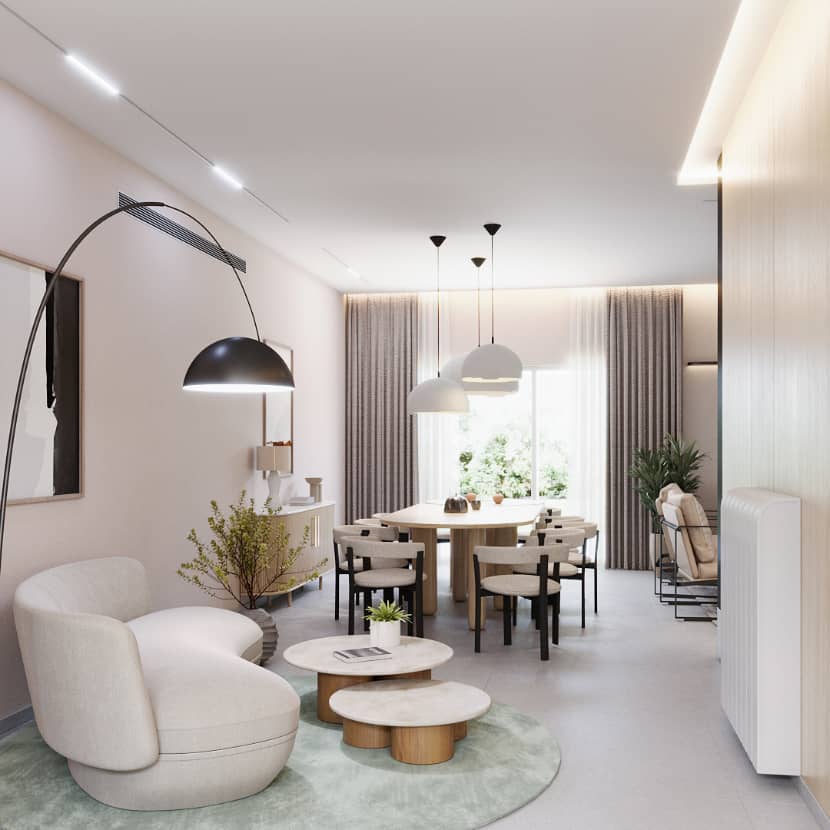
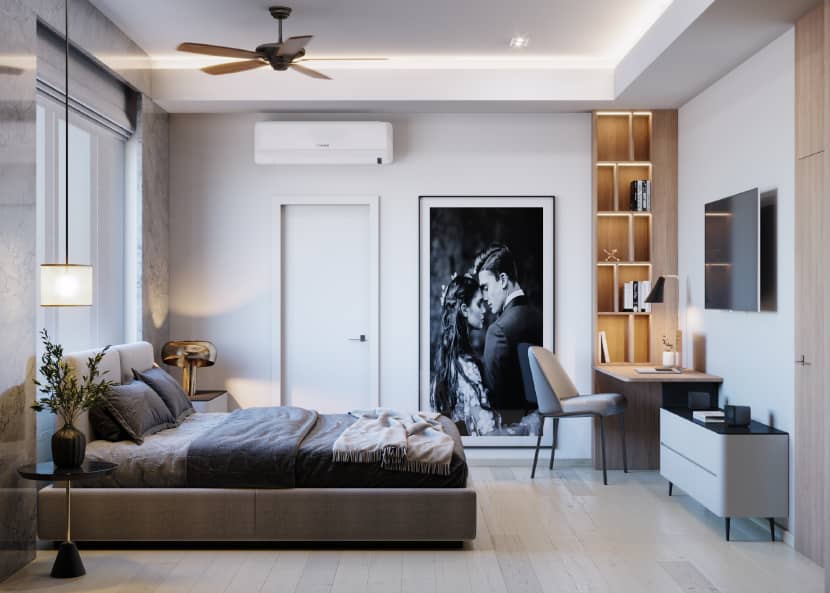
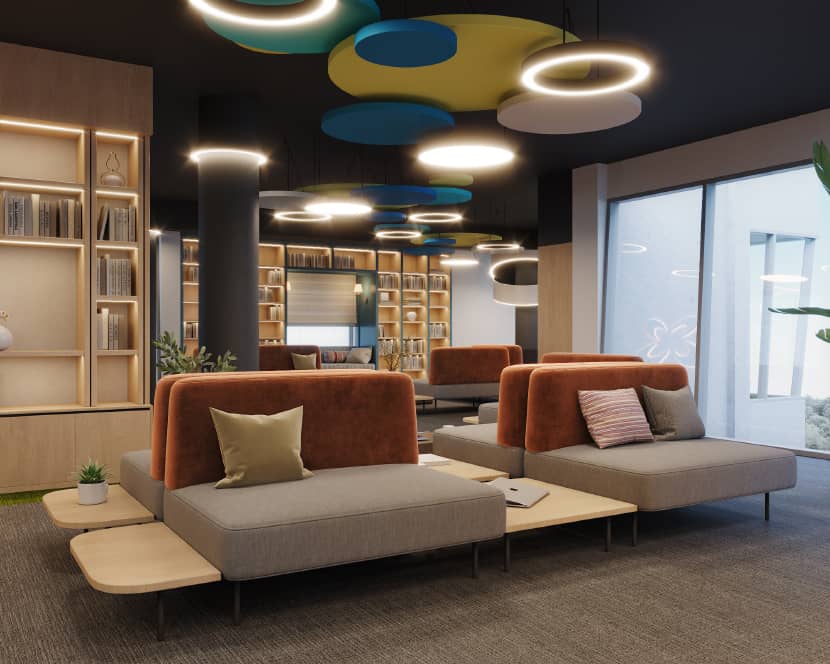
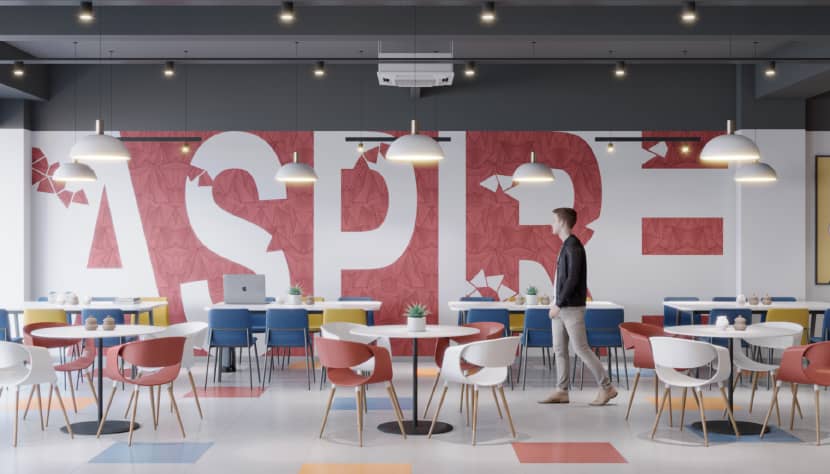
Thank you for sharing your insights and expertise with us!
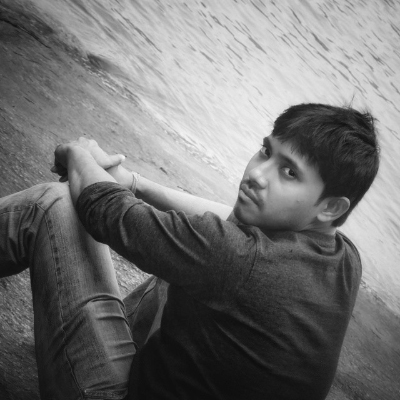
About the artist
Sujoy Bera is a freelance 3D visualizer and interior designer based in Kolkata, India. With a career spanning over a decade, he specializes in crafting realistic and engaging architectural visualizations. Drawing inspiration from digital art and design, Sujoy has collaborated with both local and international brands, continuously refining his skills and creative vision since 2014.
